Sapphire vs Mineral Watch Crystals: The Essential Differences
Choosing the right watch crystal matters: it affects durability, clarity, repair cost, and daily wear. Sapphire and mineral glass are the two most common options, and they take very different approaches to hardness, toughness, coatings, and long-term value.
This article compares them across six focused areas: what each material is, hardness and scratch resistance, toughness and impact behavior, optical clarity and anti-reflective treatments, cost and repairability, and a practical decision guide. Read on to learn which crystal fits your lifestyle—collector, daily wearer, or budget-conscious buyer.
Expect clear, practical comparisons and recommendations today.
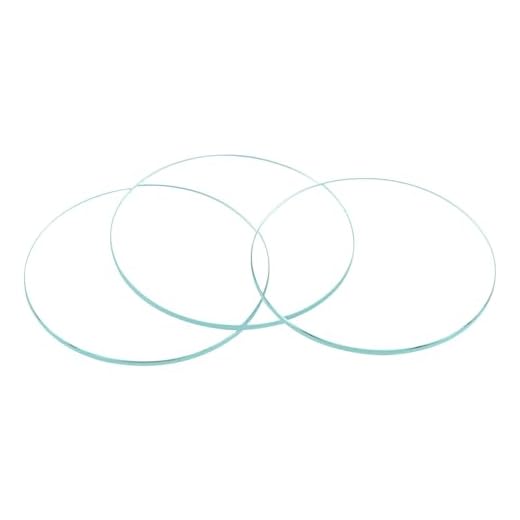
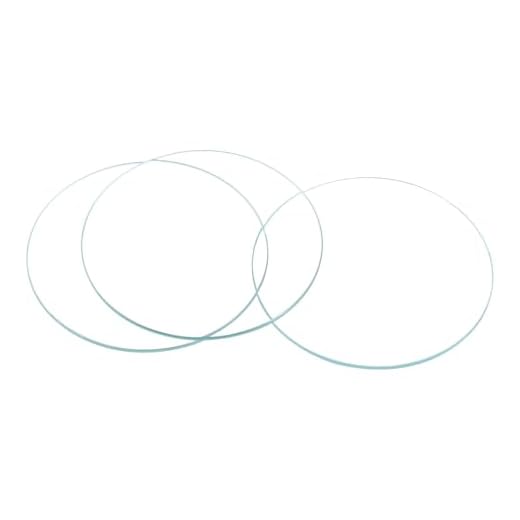
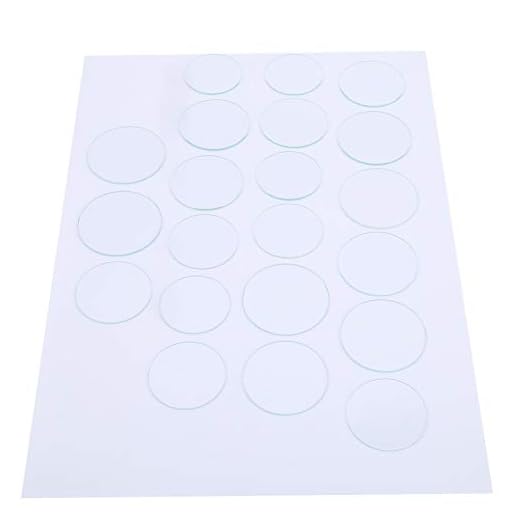
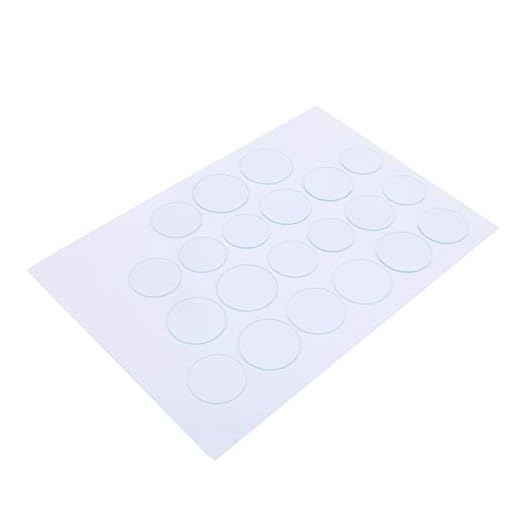
Sapphire vs Seiko Hardlex vs Mineral Crystal: Which Watch Glass Really Wins?
What Are Sapphire and Mineral Crystals?
Synthetic sapphire: single-crystal aluminum oxide
Sapphire watch crystals are made from synthetic corundum—aluminum oxide (Al2O3) grown into a single crystal. Manufacturers form large boules using high-temperature crystallization methods (Verneuil/flame fusion historically, and more precise methods like Kyropoulos or Czochralski today). The boule is sliced, ground and polished into flat, domed, or boxed shapes. The result is a gem‑like, very hard, optically clear window used on many mid‑ to high‑end watches (think many models from Omega or Rolex).
Key points:
Mineral glass: soda‑lime, tempered, or chemically treated
Mineral crystals are glass—usually soda‑lime or other silicate glass—manufactured like ordinary glass but cut and finished for watch use. They can be heat‑tempered (toughened by rapid cooling) or chemically strengthened (ion exchange) to resist impacts and scratches better than untreated glass. Watchmakers then cut and polish them into flat, domed, or boxed profiles. Mineral glass is the norm on many entry and mid‑range watches, from casual Seiko models to field and sport watches.
Common forms and branded variants
Watch crystals come as flat, slightly domed, sharply domed (box), or “boxed” with raised edges to protect bezels. Variants you’ll encounter:
These definitions set the stage for a closer look at how hardness and scratch resistance actually differ between the two—read on to see the practical implications for daily wear.
Hardness and Scratch Resistance: How They Compare
Understanding hardness: Mohs and relative scales
Hardness is a material’s resistance to being scratched. The most common reference is the Mohs scale (1–10). Sapphire rates a 9 — extremely hard — while typical mineral glass sits around 5–6 (similar to window glass). In practical terms that means sapphire resists everyday contact with metals and most common materials that would easily mark mineral glass.
Everyday risks: keys, coins, and grit
Surface treatments and practical maintenance
Practical tips: keep your watch in a separate pocket, avoid sliding it across rough surfaces, and use a protective film for active work. These small habits preserve clarity whether your crystal is mineral or sapphire.
Toughness and Impact Resistance: Shattering, Chips, and Durability
Hardness versus toughness — what really breaks
Hardness (scratch resistance) is not the same as toughness (resistance to cracking or breaking). Sapphire is extremely hard — it resists scratches — but that same crystal lattice makes it relatively brittle. A sharp edge strike or a severe drop onto a corner can cause a chip or even a fracture. Mineral glass is softer, so it scuffs more easily, but it can flex or absorb impact energy better without catastrophic failure.
Edge strikes, chips, and real-world anecdotes
Edge hits are the most dangerous: a hammering blow against a bezel or dropping onto a curb often concentrates force at the crystal rim. Watchmakers routinely see sapphire crystals with tiny edge chips after a hard knock — for example, a smartwatch tossed onto stone can shatter a sapphire edge while a mineral variant survives with only scratches.
Bezel design, thickness, and dome geometry
Treatments and manufacturing improvements
Chemical tempering and ion-exchange processes (like Seiko’s Hardlex-style treatments) increase mineral glass toughness and make it far less likely to shatter. Some high-end watches add sapphire with reinforced mounting or thicker edges to mitigate brittleness.
When impact resistance matters — practical guidance
Next, we’ll examine how these choices intersect with clarity and anti‑reflective coatings to affect real-world legibility.
Clarity, Anti-Reflective Coatings, and Optical Performance
Inherent clarity and light transmission
Sapphire and mineral glass both transmit light well, but their optics differ. Sapphire’s refractive index (~1.76) is higher than typical mineral glass (~1.50–1.52), which can make sapphire appear slightly “crisper” and show dial details with higher contrast. The trade-off is that higher refractive index also causes stronger surface reflections unless controlled with coatings — think bright, jewel‑like clarity versus a softer, less reflective view.
Anti‑reflective coatings: what they do and where they go
Multi‑layer AR coatings (often vapor‑deposited) can reduce reflections to a fraction of an uncoated surface. Watchmakers commonly apply AR to:
Brands such as Omega and Grand Seiko frequently use robust internal multi‑layer AR on sapphire to aid legibility in bright conditions, while some others opt for limited or no AR to preserve a certain visual character.
Visual effects: reflections, edge distortion, and domes
Domed crystals bend light differently. From an angle you might see subtle magnification, slight distortion at the edge, or layered reflections that can look attractive on a dress watch but may hinder pilots or divers who need straight-line legibility. Internal AR minimizes ghost reflections; without it, multiple surfaces (especially on double-domed crystals) can create distracting internal images.
Scratches, chips, and maintenance
Scratches reduce contrast and create scatter — even minor scuffs on mineral glass can dull the dial. Practical upkeep:
Quick tips:
Cost, Repairability, and Long-Term Ownership Considerations
Manufacturing and replacement costs
Sapphire blanks and the processes to cut/coat them cost more than mineral glass. As a rough market guide:
Economies of scale make sapphire relatively cheaper per unit at higher volumes, but specialty shapes (double-domes, thick dive crystals) remain expensive. Many mid-range brands (Seiko’s Hardlex, entry-level fashion watches) choose mineral to keep retail prices down.
Repairability: polish vs replace
Mineral glass can sometimes be polished to remove light surface scratches by a watchmaker using abrasives and polishing compounds; small DIY kits exist but carry risk. Sapphire’s hardness resists scratches but, once visibly damaged (chip, deep scratch), it almost always needs replacement—diamond polishing is possible but usually uneconomic.
Quick practical steps:
Warranty, insurance, and resale impact
Most warranties cover manufacturing defects, not accidental damage. Expect to pay out-of-pocket for impact/scratch repairs unless you have specific insurance or a premium service plan.
Insurance/worth considerations:
Decision factors and actionable tips
Which Crystal Should You Choose? Use Cases and a Practical Decision Guide
Practical decision matrix
Lifestyle, aesthetics, and maintenance checks
Consider how you live with the watch: active wearers need impact resistance and bezel protection; desk-job users usually prioritize clarity and AR coatings. Collectors valuing originality should prioritize factory-spec crystals. If you love the warm domed look, choose hesalite or double-domed sapphire to match the aesthetic.
Actionable buying tips
Quick buyer guidance
With those practical choices in mind, read on for final thoughts to help you make the right selection for your watch.
Making the Right Choice for Your Watch
Sapphire offers superior scratch resistance and a premium, clear look that suits dress watches and long-term collectors; mineral glass sacrifices a bit of scratch immunity but gives better impact tolerance and much lower replacement costs, making it practical for sports, outdoor, or budget-minded wearers. Choose based on whether appearance and scratch-free longevity or impact durability and serviceability matter more to you.
Takeaway: pick sapphire for style and scratch resistance, mineral for toughness and affordability. Consider your lifestyle and maintenance preferences before buying. If unsure, ask a watchmaker or try both in person today.


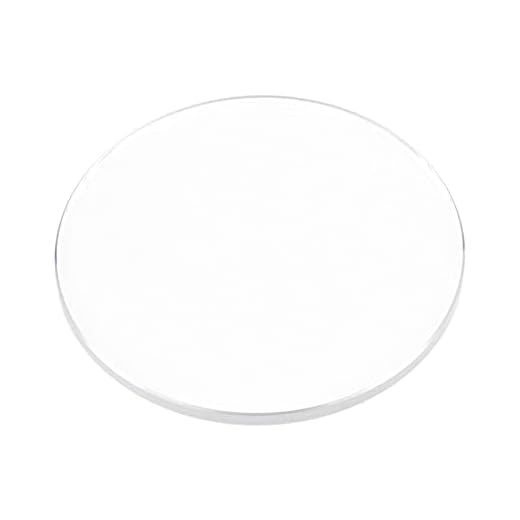

This might be dumb but: if I replace with a sapphire crystal from a kit, will it fit perfectly? Or do I need to worry about slight size differences? I’m looking at that 29mm sapphire lens.
I’ve had mixed luck with off-the-shelf sapphire sizes. Measure, read seller Q&A/photos, and maybe buy a set if you plan more swaps.
Not dumb at all. You need to measure inner case diameter precisely — even 0.1mm can matter. Many sellers list tolerances. Also check if the crystal is domed/flat since thickness can affect gasket compression. When in doubt, go to a watchmaker for sizing.
I’m more of a DIY guy. The 21-Piece Round Flat Watch Lens Mineral Glass Set was my gateway into replacing crystals. Took a while to get the press technique right but saved me a ton vs sending watches to repair.
One tip: use silicone pucks when pressing to avoid cracking the crystal.
Yesss silicone pucks. Also make sure the case is clean of old adhesive/particles before pressing.
And practice on a junk watch first. I chipped a crystal trying to be brave on my first attempt 😅
Excellent practical tip — silicone pucks absorb uneven pressure nicely. Thanks for sharing your experience!
Nice write-up, but I wish there were more photos showing AR coatings in action. The clarity section is good but a few before/after pics would seal the deal.
Also, anyone tried the 21-Piece 35–45mm Round Watch Crystal Lens Set? I’m thinking of doing a few DIY repairs but nervous about fitting.
Good point on photos — we’ll try to add a gallery in the next update. Regarding the 21-piece set: it’s great for hobbyists and has a wide size range. Just be careful with press-fit techniques and measure twice. If you’re nervous, try one on a cheap donor watch first.
I used that 21-piece set last month — fits a variety of cases, but the smaller sizes can be fiddly. Patience + a good crystal press makes it far less nerve-wracking.
Totally. Also recommend watching a couple YouTube guides specifically for your watch case type. It saved me from scratching the bezel when replacing a mineral crystal.
Two-line take: buy sapphire if you hate scratches and are willing to pay. Buy mineral if you’re budget-minded or doing lots of tinkering.
Also curious — has anybody compared AR coatings longevity on mineral vs sapphire? I worry AR wears off faster on cheaper minerals.
Short and sweet — nice summary. On AR coatings: sapphire holds coatings well, but application quality matters. Cheap mineral lenses might have lower-quality AR that degrades faster. Another good topic for a deep dive.
I’ve had AR on mineral fade after a few years, though it might be down to exposure to cleaners and abrasive cloths. Care matters.
This is true. Use gentle cleaners and avoid alcohol-based wipes directly on AR-coated surfaces when possible.
Great overview! I always assumed sapphire was the obvious choice because it’s “harder,” but the section on toughness and impact resistance really opened my eyes. I own a Citizen Men’s Addysen Eco-Drive Classic 41mm Watch and have been nervous about scratches vs cracks.
Quick question: for everyday wear + occasional bumps (desk edges, door frames), would a mineral glass replacement like the 6-Pack 32mm Round Watch Crystal Replacement Glass be totally fine, or should I spring for a sapphire like the 29mm Round Sapphire Watch Crystal Replacement Lens?
I agree with admin. If you’re not a clumsy person, mineral is a budget-friendly option. I keep spare 6-pack sets on hand for older watches — super handy.
Thanks Sarah — glad it helped! For everyday wear with occasional bumps, mineral glass can be perfectly fine and is cheaper to replace. If you worry mostly about scratches (keys, coins in pockets) sapphire is better. Since your watch is a Citizen Addysen, check the exact crystal diameter first — the 32mm kit is great if it fits, otherwise the 29mm sapphire might be pricier but more scratch-resistant.
Short and sweet: sapphire wins for scratch resistance, mineral wins for impact (sometimes). But the repairability/cost section is the star here. I couldn’t believe how cheap some mineral lens packs are — 6-Pack 30mm Round Watch Crystal Replacement Glass? That’s practically a bargain for vintage restorations.
One caveat: some mineral glass in cheap kits can have impurities that affect clarity. Pick a reputable seller if clarity matters.
Agreed. For heirloom pieces I might invest in sapphire, but for beaters and hobby projects, that 6-pack is gold.
Exactly — the cost trade-off is important, especially for inexpensive or sentimental pieces. Mineral is often the pragmatic choice for vintage or frequently used watches.
Technical nerd comment incoming: the difference in fracture toughness between sapphire and mineral glass is pretty important. The article’s explanation on shattering vs scratching was clear, but I wanted more numbers. For example, if someone does fieldwork or construction, they should prioritize toughness over scratch hardness.
Anyway, love that you listed specific Amazon sets — super practical.
I’m in construction and swapped to mineral on my work watch. Scratches are cosmetic; I prefer a glass that won’t shatter if it gets knocked hard.
Appreciate the technical insight. We tried to keep the piece accessible, but a follow-up with comparative numbers and testing scenarios is a good idea — I’ll add it to the edit list.
Same here — field boots > pristine crystal 😆
Haha, watched my friend try to replace a crystal with no tools and it went about as expected — crystal bounced across the room. 😂 The article’s repairability section is spot-on: tools + patience = success. The 21-piece kits are forgiving for beginners, but don’t underestimate the tiny tolerances.
And keep a small tray for tiny screws and beads — watches eat things fast.
That’s a great visual — and a gentle reminder that the right tools matter. We might add a basic tools checklist to the article.
Please do — a checklist would be super helpful for beginners like me.
Also recommend gloves to avoid fingerprints when fitting AR-coated crystals.
Loved the buying guide section. For someone choosing between the 6-Pack 32mm and 6-Pack 30mm kits: measure the crystal seat and check whether the kit is a press-fit or glued. Saved me from buying two packs once.
PS — small typo in the clarity paragraph near the end (missing word).
Good catch on the glued vs press-fit — glue changes the whole approach and tools needed.
Thanks for catching the typo, Hannah — we’ll fix that. And yes, seat measurement + installation method are crucial. Glad the guide helped!
I actually cracked a sapphire once by dropping my watch on concrete 😅 Lesson learned: sapphire is hard but can shatter. Now I treat sapphire with reverence but not complacency.
Love the article’s balanced tone — not just “sapphire is the best” propaganda.
Oof, concrete is the great equalizer. I carry a microfibre cloth to avoid scratches though — keeps mineral looking fresh too.
That personal anecdote is perfect — it illustrates toughness vs hardness well. Thanks for sharing!
Minor nitpick: the article calls some mineral lenses “flat” in the 21-piece Round Flat Watch Lens Mineral Glass Set — mention that domed vs flat affects readability and distortion at angles. Otherwise, solid read.
Also, the prices for sapphire replacements can be insane. The 29mm Round Sapphire Watch Crystal Replacement Lens looked way pricier than the mineral packs.
Great point about domed vs flat — I’ll expand that section. And yes, cost is a big driver; sapphire lenses, especially pre-cut ones, carry a premium.
I noticed domed crystals change how the dial looks under light — can be gorgeous, but sometimes more reflective unless AR-coated.